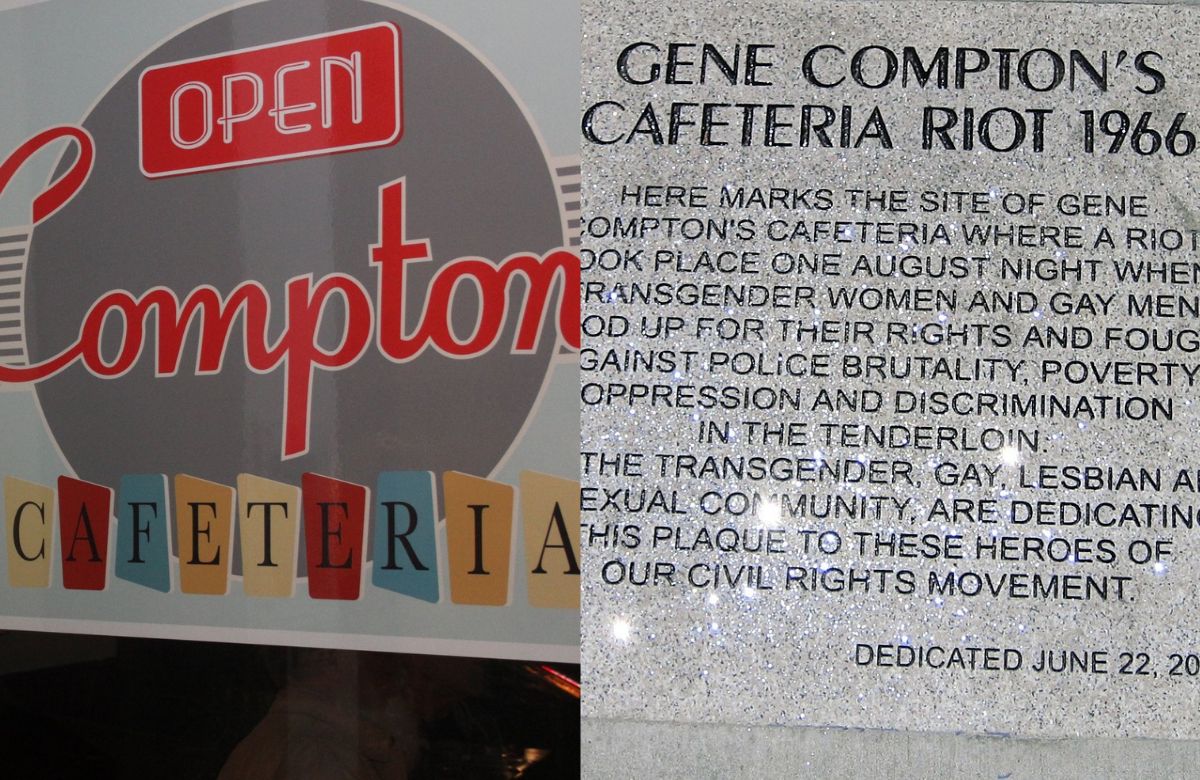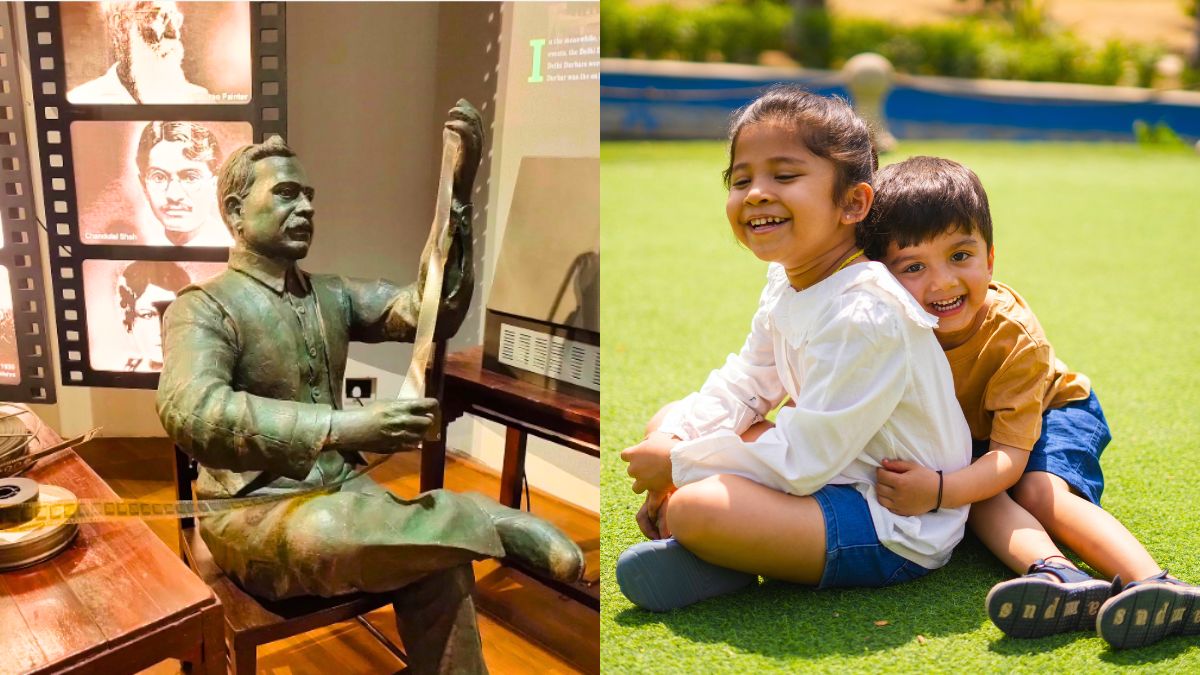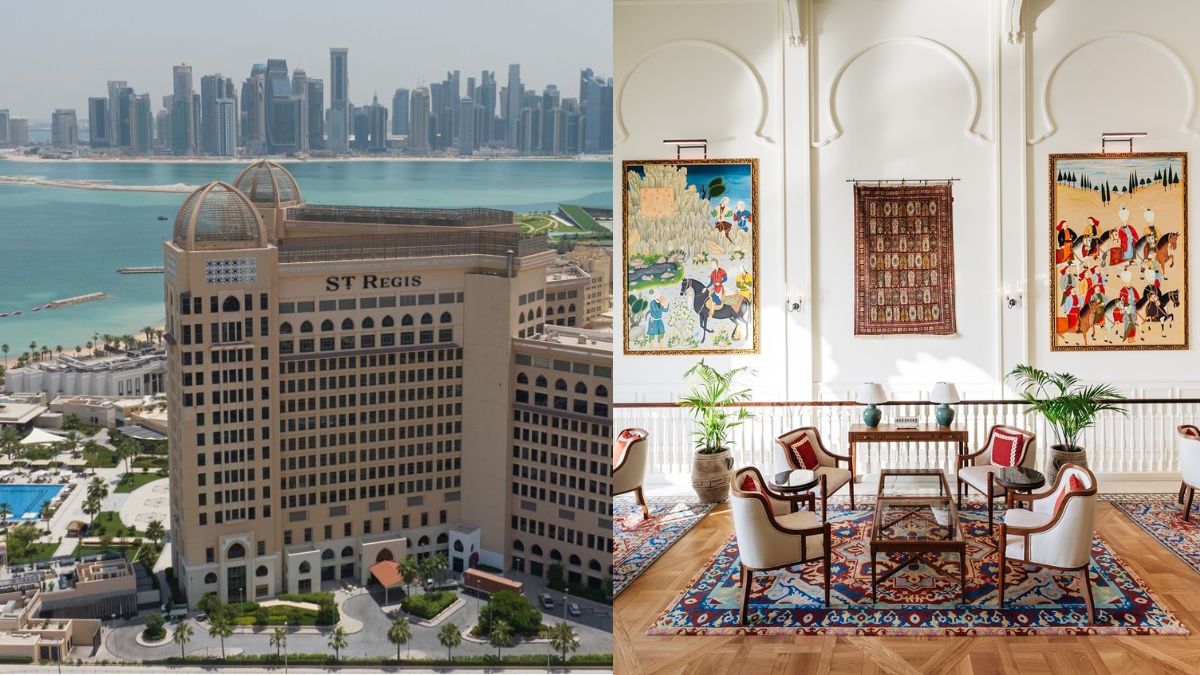It was in the late 1960s when San Francisco’s Compton’s Cafeteria used to be a late-night gathering spot for transgender women, drag queens, and other LGBTQ+ individuals. The cafeteria became a refuge for those who were often marginalised and faced discrimination in other areas of their lives. However, it was also a place where police harassment was common, leading to a powerful uprising that marked a turning point in the fight for LGBTQ rights.
Remembering The Cafeteria Riot
Heard of Compton’s Cafeteria? In 1966, 3 yrs before #Stonewall, a group of trans women in CA led a similar uprising at a restaurant in response to relentless abuse. It’s lesser known but just as important & we hope you'll acknowledge this important part of #PrideMonth history! pic.twitter.com/SxIQI9AVUt
— Personal PAC (@PersonalPAC) June 27, 2021
The story of Compton’s Cafeteria serves as a reminder of the long and arduous journey that the LGBTQ community has taken to secure basic rights and recognition. The struggles faced by LGBTQ individuals are not confined to one place or time. The uprising at Compton’s Cafeteria holds a special place in history. It represents a crucial turning point in the fight for LGBTQ+ rights.
During that time, societal attitudes towards LGBTQ individuals were far from accepting. Discrimination and violence were rampant, with transgender individuals facing particularly severe oppression. The police frequently targeted LGBTQ+ individuals, often raiding bars and other establishments.
These raids were often violent and resulted in the arrest and mistreatment of LGBTQ+ individuals. However, Compton’s Cafeteria was a place where this community found solace and camaraderie. And, it eventually became the backdrop for a momentous event in the struggle for LGBTQ+ rights.
Also Read: 9 LGBTQ+ Chefs That Are Changing The Culinary World One Dish At A Time
What Happened At Compton’s Cafeteria?
The Compton’s Cafeteria Riot preceded Stonewall by three years, but is lesser known. It is important for us to learn about every event in our history that has helped move us forward.
To learn more,https://t.co/OuwRhSEENq#LGBTQIAHistory #CasaBruMarFoundation#BeyondPrideMonth pic.twitter.com/P8TLRH9eos
— Casa BruMar (@CasaBruMar) August 7, 2022
In the early hours of August 28, 1966, the simmering tension between the LGBTQ+ community and the police boiled over at Compton’s Cafeteria. A police officer attempted to arrest one of the transgender women, but she fought back, throwing a cup of coffee at the officer.
This act of resistance ignited a spontaneous rebellion among the patrons, who rose up against the police and the injustices they had endured for far too long. Tables were overturned, dishes were thrown, and the cafeteria windows shattered as the riot escalated.
The uprising at Compton’s Cafeteria is often considered one of the first instances of collective resistance by the LGBTQ community against police harassment in the United States. The riot served as a catalyst for change.
Today, the legacy of Compton’s Cafeteria lives on, reminding us of the courage and resilience of the LGBTQ+ community.
Cover image credits: Wikimedia Commons




